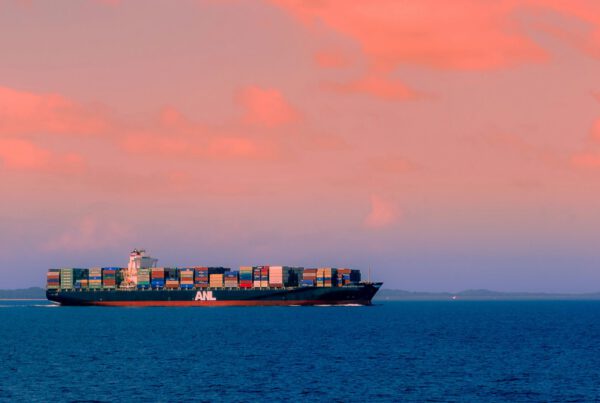The Future of Electronic Data Interchange in Logistics
On Wednesday, the numbers didn’t add up. With 318 votes against 309, the EU Parliament rejected the negotiation mandate to simplify sustainability regulations. Instead of swift negotiations, the result is delay—until at least November 13—along with new amendment proposals and unclear majorities. For companies in logistics and supply chain management, that means one thing above all: continued uncertainty.
The original proposal sounded tempting: drastically simplified reporting obligations. Only companies with more than 1,000 employees and €450 million in annual revenue would have to provide sustainability reports. Supply chain due diligence? Only for companies with at least 5,000 employees and €1.5 billion in revenue.
Reality, however, is more complex. In a representative survey of European executives, 50 percent supported lowering the threshold to 250 or 500 employees. Why? 53 percent expect stricter due diligence rules to strengthen Europe’s supplier industry, while 48 percent see them as a long-term competitive advantage.
The message: Many companies don’t want deregulation. They want clear, practical standards that help them compete globally.
The risk-based approach: good idea, but how does it work?
A core element of the reform is the risk-based approach: instead of systematically scrutinizing all business partners, companies should only conduct checks where human rights or environmental risks are likely. It sounds like common sense.
But who defines what counts as a risk? The answer lies in data. And this is where logistics companies face a real challenge:
- Supply chain visibility: Without knowing where Tier-2 or Tier-3 suppliers produce, risk assessment is impossible.
- Real-time monitoring: Compiling one report per year is outdated. Continuous monitoring will become the norm.
- Traceability: With fines of up to 5% of global turnover, no company can afford documentation gaps.
And what role does EDI play?
For decades, Electronic Data Interchange (EDI) has been the backbone of orders, invoices, and delivery notes. Now it’s becoming the key enabler of sustainability compliance.
Why? Because modern supply chain due diligence is impossible without structured data flows.
- Emission data must be automatically collected and aggregated—per shipment, per route, per partner.
- Supplier certificates and audits must be digitally accessible and verifiable.
- Anomaly detection requires continuous data streams to identify problematic patterns early.
- Reporting is only manageable when data is already structured—not when it has to be manually compiled from emails and spreadsheets.
What logistics companies should do now
Political uncertainty is frustrating, but it doesn’t change the fundamental task. Whether the final regulation applies to companies with 500 or 5,000 employees—the requirement remains the same: supply chains must be transparent and verifiable.
Three concrete steps:
- Improve data quality systematically
Faulty or incomplete supplier master data undermines every sustainability report. Cleaning up now prevents panic and costs later. That means: standardize supplier data, eliminate duplicates, and systematically request missing information. - Expand EDI integration
EDI can do more than handle orders and delivery notices. Modern EDI systems can seamlessly integrate sustainability data such as CO₂ metrics, certificates, or audit reports. The infrastructure for this should be built now—not when deadlines loom. - Implement monitoring systems
Reactive reporting is no longer enough. Companies need dashboards and alerting systems that visualize risks in real time: which supplier has failed to renew its ISO certification? Where are there irregularities in emission data? Which partners have not met their sustainability commitments?
While Brussels debates simplification, the technical complexity grows. Not because the number of requirements is increasing, but because the expectations for precision and traceability are rising. “Roughly sustainable” no longer cuts it—for auditors or for customers.
For supply chain and logistics companies, that means: the age of Excel sheets is over. Waiting for the final regulation in November or December means losing valuable months. Systems for data integration, monitoring, and reporting take time to implement and optimize.
The competitive edge lies in the data
The good news: companies that get their data infrastructure in order gain more than just compliance. They gain transparency over their own operations. They can react faster to disruptions. They can provide customers with verifiable sustainability evidence—a factor that increasingly makes the difference in tenders.
Many European executives expect stricter due diligence to strengthen the supplier industry. That’s no coincidence. Those who do their homework today will have a head start tomorrow.
The question isn’t if the rules will come, but when. And those who aren’t prepared by then will face a problem no political compromise can solve.



